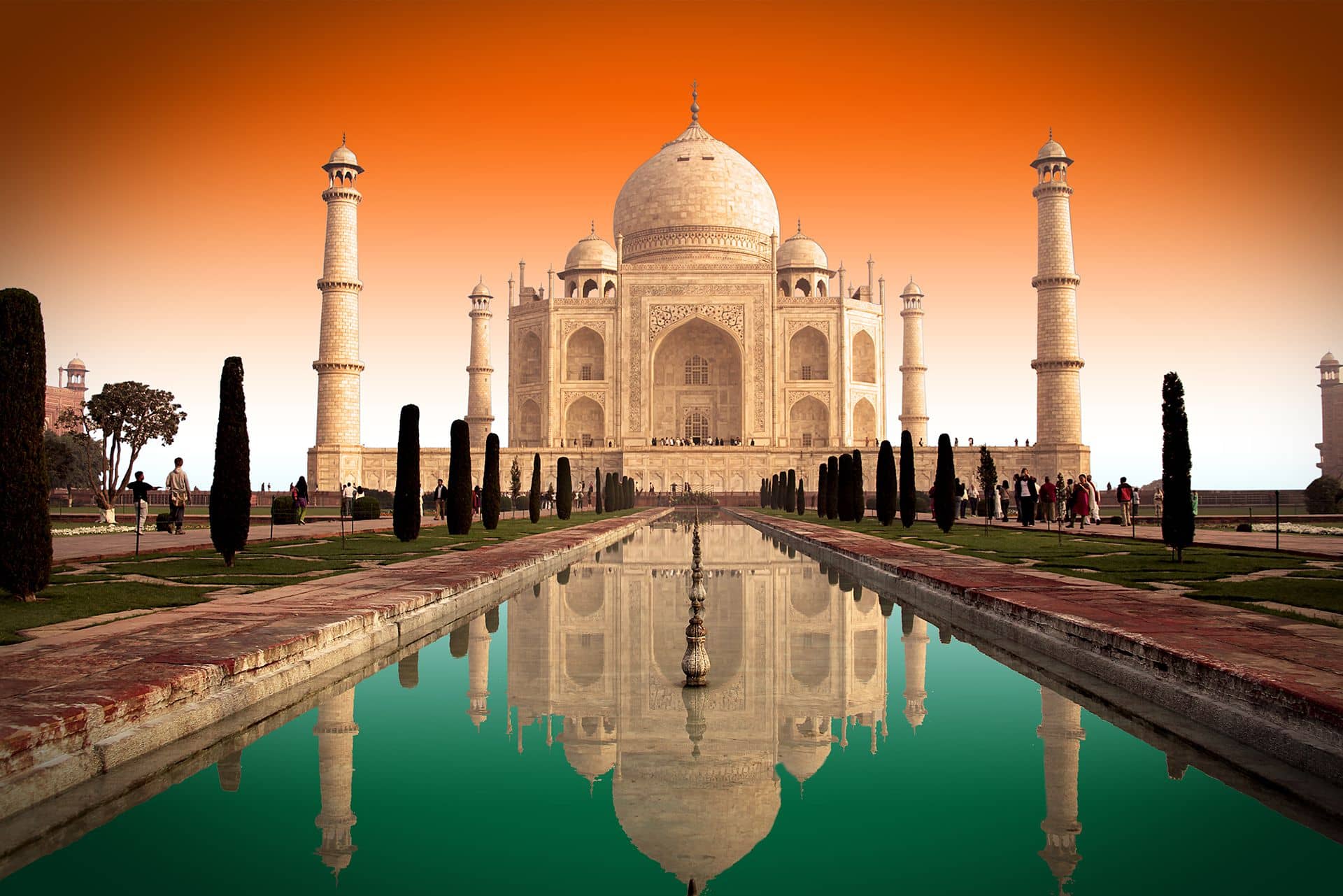Study in India

What is India and what is her identity? Is she as elusive to find as the insides of a seed? A mere country cannot assume the bewitching charms that hang on her slender wrists. So, how to encounter the real India?
Sit by the ruins, and see the inscriptions carved on the walls of caves, and listen. Listen to the seers and the folklorists, to the waters of the perennial rivers and the echoes from the immortal gigantic mountains. Look at the personifications of prayer carved out of marble or stone, and lie under a banyan tree, and listen - Listen to India.
India is the name given to the vast peninsula which the continent of Asia throws out to the south of the magnificent mountain ranges that stretch in a sword like curve across the southern border of Tibet. Shaped like an irregular quadrilateral, this large expanse of territory we call India, deserves the name of a subcontinent. Ancient Geographers referred to India as being "constituted with a four-fold conformation" (chatuh samasthana samsthitam), "on its South and West and East is the Great Ocean, the Himavat range stretches along its north like the string of a bow".
The name Himavat in the above passage refers not only to the snow-capped ranges of the Himalayas but also to their less elevated offshoots - the Patkai, Lushai and Chittagong Hills in the east, and the Sulaiman and Kirthar ranges in the west. These go down to the Sea and separate India from the wooded valley of Irrawady, on the one hand, and the hilly tableland of Iran, on the other. The Himalayas standing tall in breathtaking splendour are radiant in myth and mystery. These, the youngest and tallest mountain ranges, feed the Ganga with never-ending streams of snow. The Himalayas are home to the people of Kashmir, Himachal Pradesh, Uttaranchal, Sikkim and Arunachal Pradesh.
Indians love these peaks because they are a part of every Indian's life. Indians revere the mountains, as they would, the father. Even today, when urban India is racing against time, in the caves of the snow-clad peaks, live hermits - seeking the divine. Not a surprise when you consider that even this century has seen some great philosophers like Ramana Maharishi, Swami Vivekananda, Ramakrishna Paramhansa and J. Krishnamurti.
